Written by THE ASSOCIATED PRESS
A state government-led panel dedicated to boost North Carolina’s economic environment for wind power projects must work swiftly to help the state reap industry benefits, Gov. Roy Cooper said on Thursday while attending the group’s first meeting.
Cooper issued an executive order last June that created the N.C. Taskforce for Offshore Wind Economic Resource Strategies, while also setting electricity production goals through offshore wind turbines for the next two decades. His goal for 2040 would generate the equivalent of powering roughly 2.3 million homes.
The 30-member task force, housed in the Department of Commerce, is commissioned to advance such projects and recommend policies that promote offshore wind jobs, develop industry logistics and support equitable access of opportunities for “underserved communities.” The panel, which is directed to report to state leaders annually, includes many members of the education, environmental, travel and tourism and marine industry sectors.
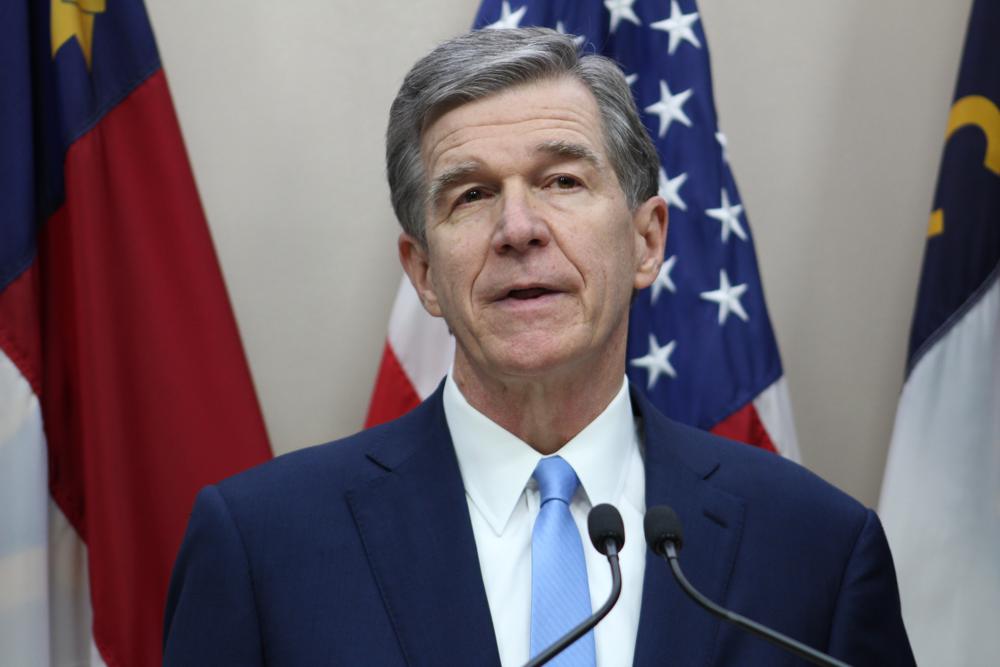
North Carolina Gov. Roy Cooper (AP Photo/Bryan Anderson)
The panel on Thursday planned to review an outside consultant’s report on wind energy for the department released last March. The report predicted North Carolina is well-positioned to attract business from the growing industry, which could generate an estimated $140 billion in total expenditures by 2035.
Beyond the need to address climate change, “the earlier we can get into this, the more we can reap the economic benefits from it,” the Democratic governor said while addressing the panel in Wilmington. “It is astounding the amount of clean energy that we can produce and the amount of money that can go in the pockets of North Carolinians.”
A renewable energy company has already proposed an offshore wind project off the northeastern North Carolina coast, roughly 25 miles from Corolla, that Cooper said could produce electricity for 700,000 homes. The federal government also has started the process for leasing a nearly 200-square-mile area east of Wilmington for wind power that could generate electricity for more than 500,000 homes.
Last month, Cooper issued an executive order setting more aggressive goals than he did in 2018 for greenhouse gas reductions and zero-emission vehicles.
A new greenhouse gas emissions inventory report from the state Department of Environmental Quality said the state is currently on pace by 2030 to produce 39% fewer emissions compared to 2005 levels. Cooper’s executive order last month set a 50% reduction goal by 2030.
The inventory report also found the transportation sector is now North Carolina’s leading cause of greenhouse gases, surpassing the energy sector, The News & Observer of Raleigh reported. The power-generating sector has seen emissions decline by nearly 35% from 2005 to 2018, according to the inventory.
A 2021 state law directs power plants to reduce carbon dioxide output 70% from 2005 levels by 2030, and achieve zero-net CO2 emissions by 2050.
Photo via AP Photo/Michael Dwyer.
Related Stories
‹

Rare Greenhouse Gas Law in North Carolina Could Get Pulled Back by GOP LegislatorsNorth Carolina enacted an energy law in 2021 that directed power plant emissions be sharply reduced. Now it's aiming to repeal a key element.

Duke Energy Files Motion to Dismiss Carrboro's Climate Change 'Deception' LawsuitDuke Energy filed a motion to dismiss a Town of Carrboro lawsuit against it in Orange County, the first legal response by the energy giant.
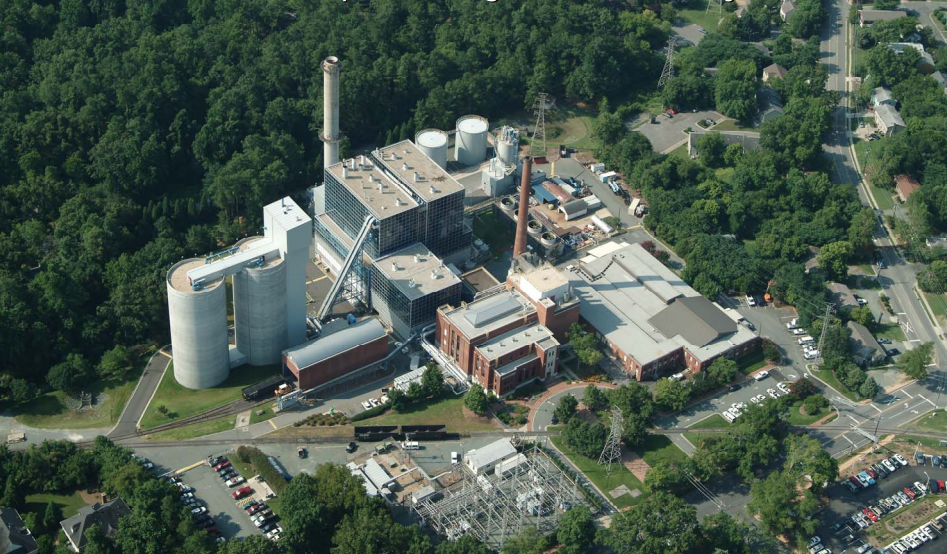
No More Coal? Chapel Hill Prepares for Hearing on UNC's Co-Gen Plant and Potential New Fuel SourceChapel Hill Town Hall will host a hearing on Thursday to take comments on a potential alternative fuel source for UNC's cogeneration plant.
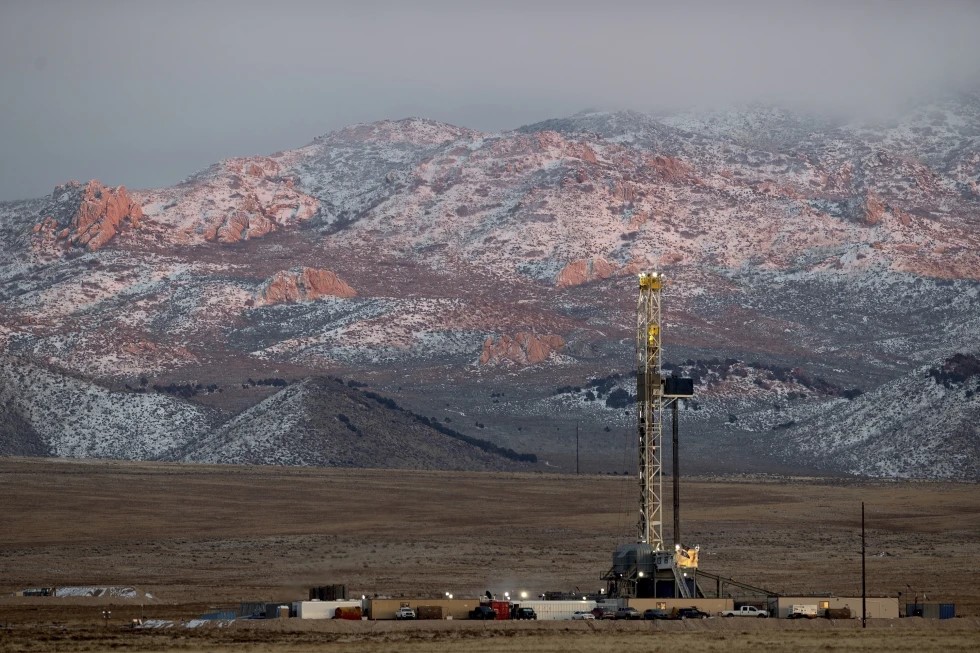
A Big Boost for a Climate Solution: Electricity Made From the Heat of the EarthOne method of making electricity cleanly to address climate change has been quietly advancing and on Tuesday it hit a milestone.
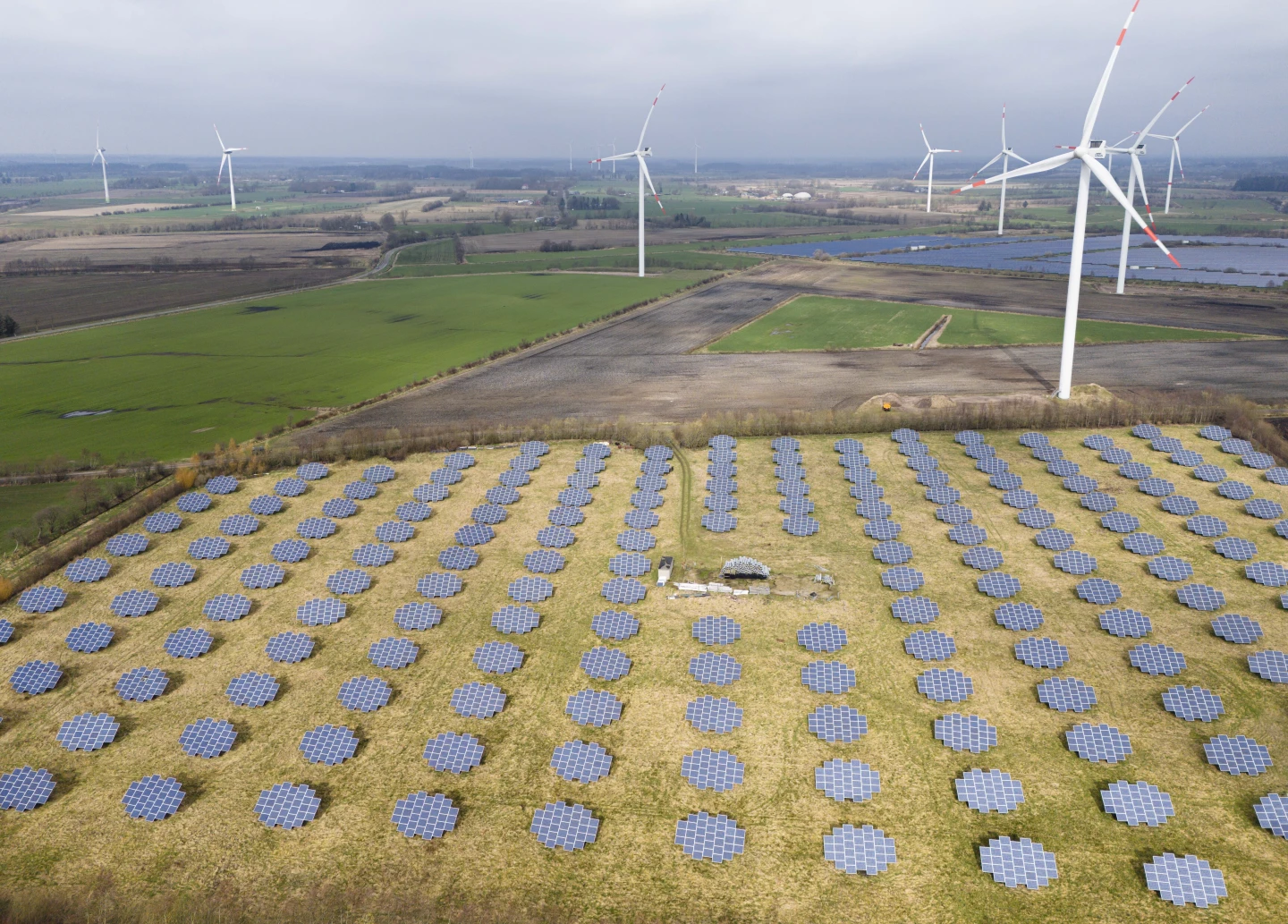
Wind and Sun Are Free, but It’s Harder To Get Renewable Energy Projects Built These Days. Here’s WhyHeadwinds from the post-pandemic global economy are holding back costly investment in wind, solar and other forms of clean power.
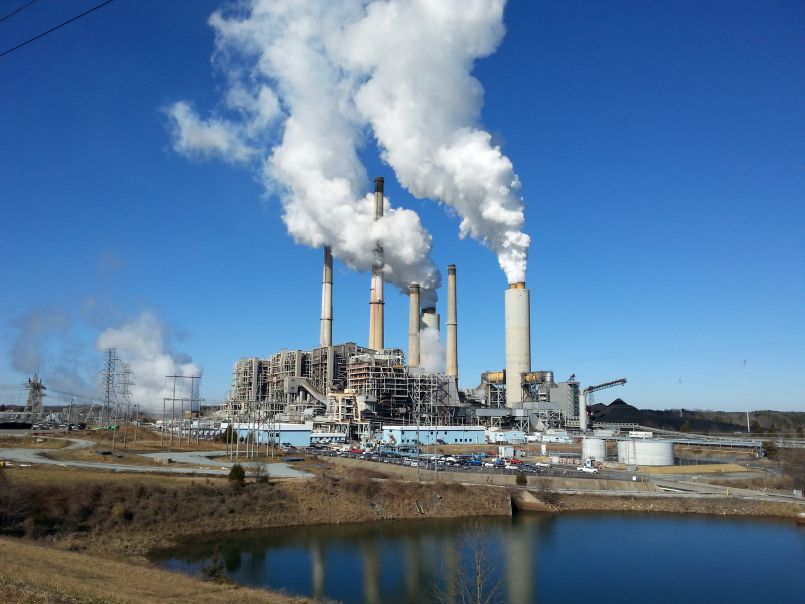
Duke Energy Prefers Meeting North Carolina Carbon Target by 2035. But Regulators Have Final SayWritten by GARY D. ROBERTSON Duke Energy Corp. offered Tuesday updated proposals on how it would meet mandated greenhouse gas emissions reductions in North Carolina through increasing solar and wind power generation and replacing outgoing coal-fired plants in part with new nuclear and hydrogen technologies. A landmark 2021 law directed the North Carolina Utilities Commission to create an ongoing […]
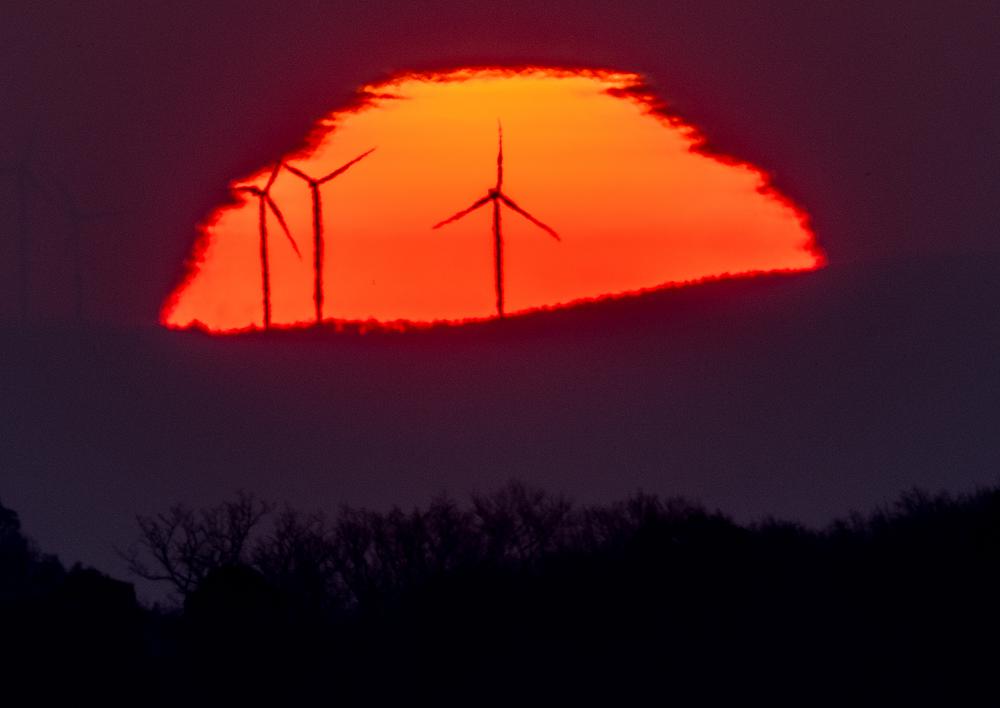
Europe Shifts Focus To Avoiding Energy Shortage Next YearWritten by COURTNEY BONNELL The heads of the International Energy Agency and European Union’s executive branch said Monday that the 27-nation bloc is expected to weather an energy crisis this winter but needs to speed renewables to the market and take other steps to avoid a potential shortage next year in natural gas needed for heating, electricity […]
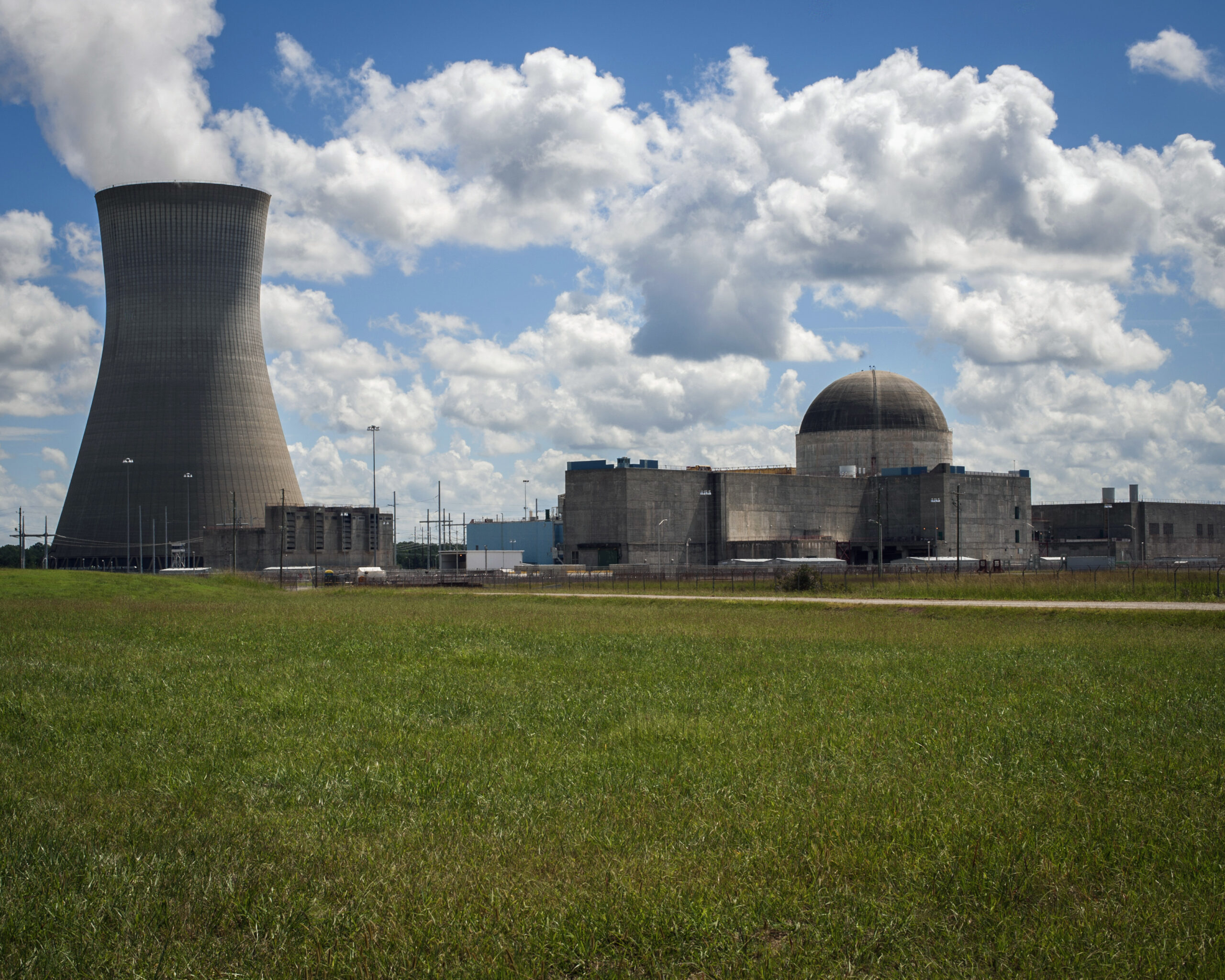
Coalition Criticizes Duke Energy Carbon Plan in N. CarolinaWritten by GARY D. ROBERTSON Environmental and renewable energy groups have challenged the proposal by Duke Energy Corp. subsidiaries on how to reduce greenhouse gases in North Carolina in the next decade, saying it relies too much on natural gas and unproven technologies to succeed. The groups, in filing a formal response to the proposed electricity-production shifts […]
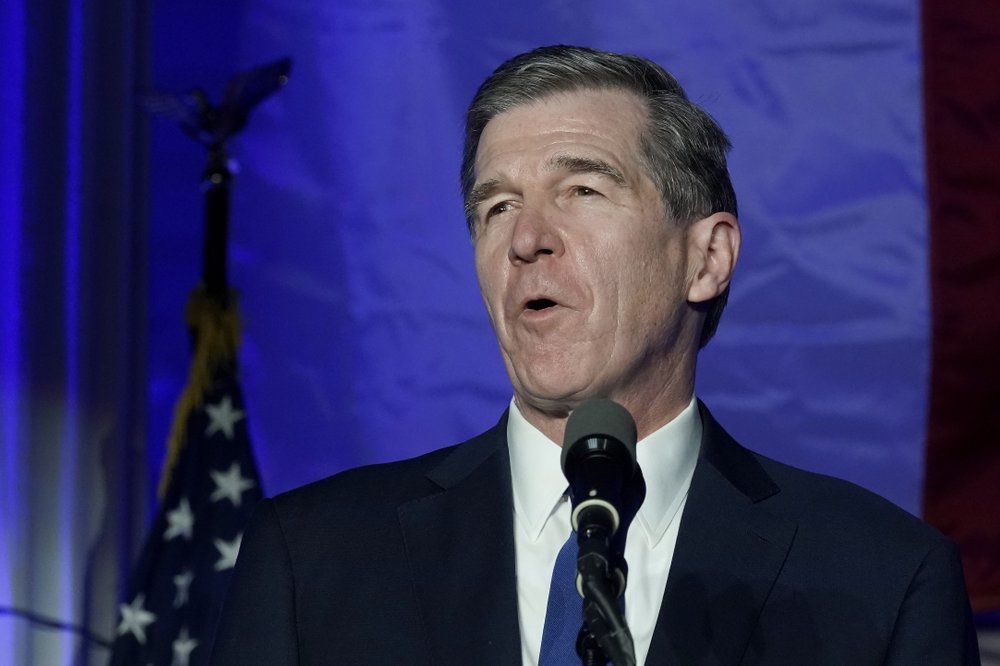
NC Governor Expands Emission Goals, Seeks Environment EquityWritten by THE ASSOCIATED PRESS Gov. Roy Cooper took executive action on Friday to set more aggressive goals for greenhouse gas reductions and zero-emission vehicles in North Carolina compared to those he set in 2018. The executive order, signed on the campus of North Carolina A&T State University, attempts to build on the environmental successes […]
![]()
Maryland, Virginia, North Carolina Reach Offshore Wind AgreementMaryland, Virginia and North Carolina announced an agreement on Thursday to advance offshore wind development. The states have agreed to form a team with representatives from each jurisdiction that will work to streamline the development of regional offshore wind resources. The three states have committed to work together to increase regulatory certainty and encourage manufacturing […]
›











